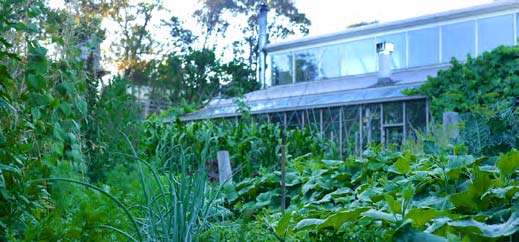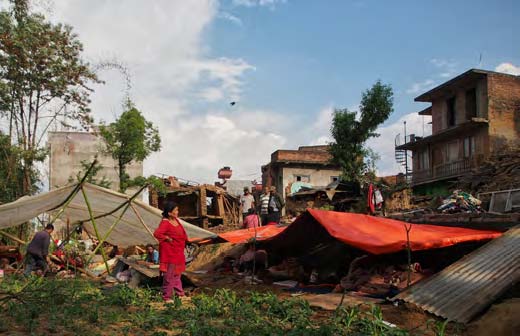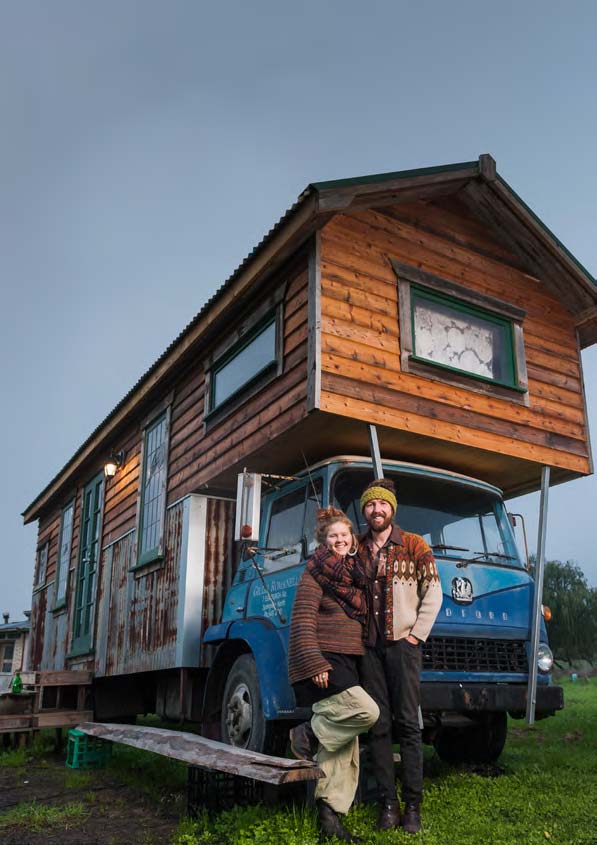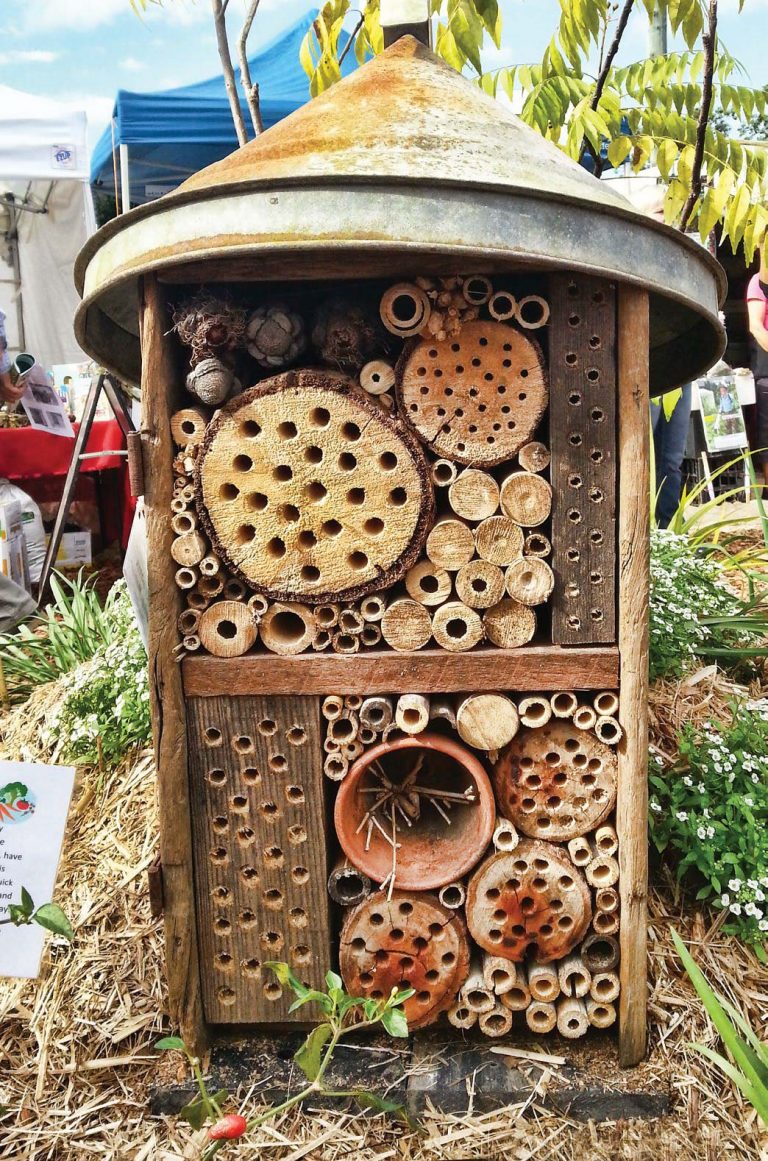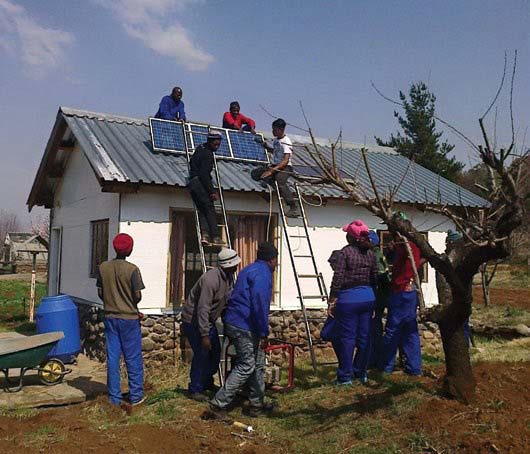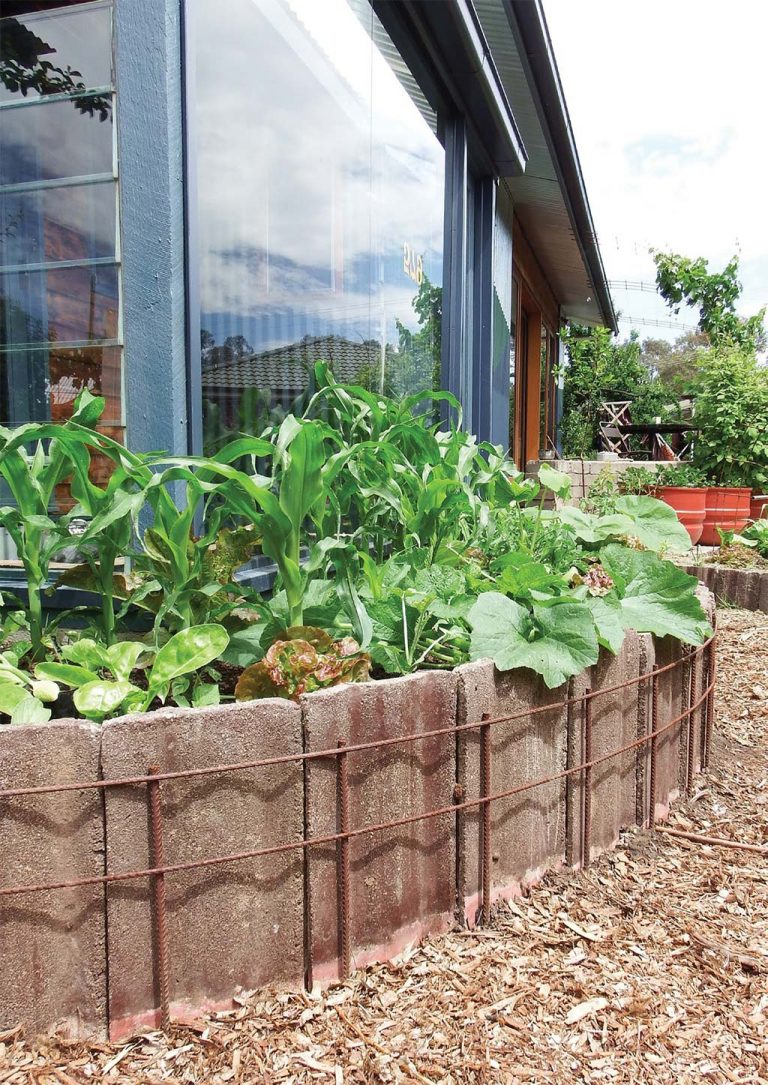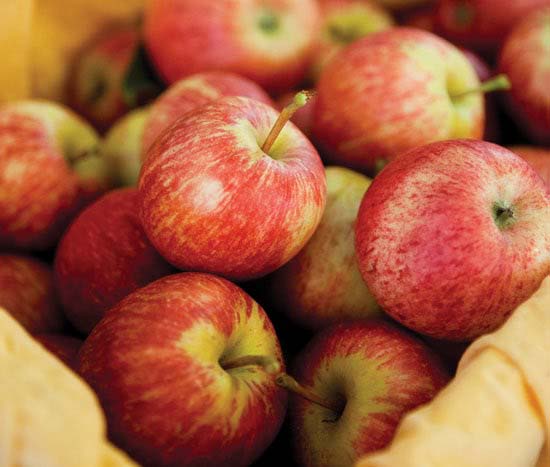Your Complete Guide To Natural Building Materials
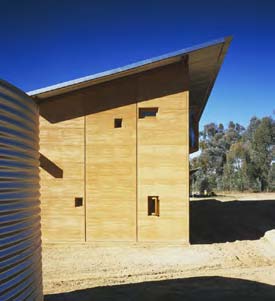
Whether you’re thinking of becoming an owner-builder or retrofitting your home, you might be wondering which building materials will ensure an effective, beautiful and natural home. Some important factors to consider are: which resources are available to you locally (both on your property and in your area); cost of materials; thermal properties sought – passive solar design, thermal mass and insulation – and how these interact with each other; embodied energy involved; and the ease of material construction. With an introduction to these factors, you will be better equipped to begin choosing the materials that best suit your climate and house design.

